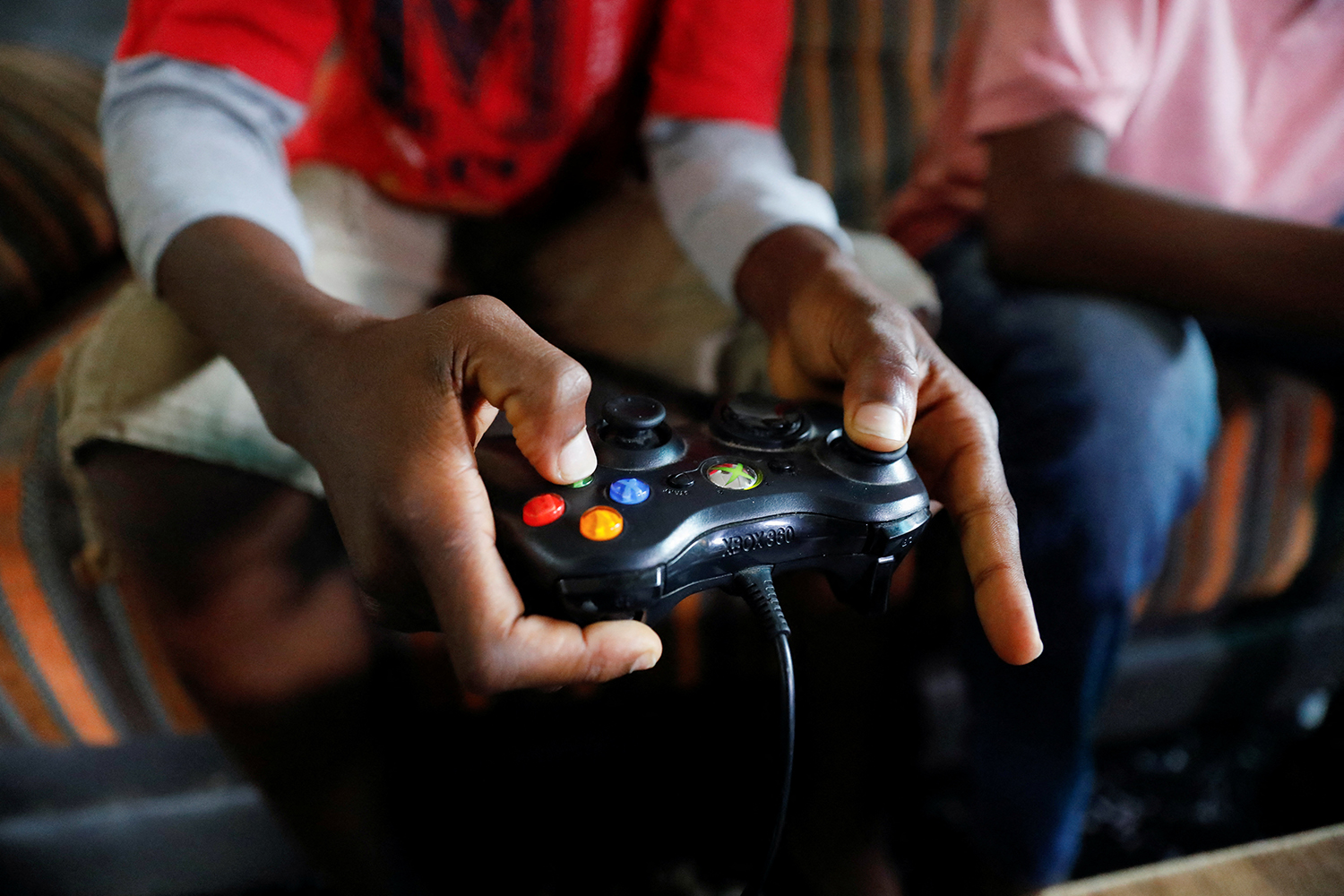During a heat wave it is common for us to put our focus on the scorching maximum temperatures. However, this is not the only indicator that warns us of the problems that we must face during this type of episodes, minimum temperatures can be so important or even more in some circumstances.
The “tropical nights.” According to the State Meteorology Agency (Aemet) before the start of this heat wave, one of its characteristics would be that of tropical nights. This term refers to those nights in which the minimum temperatures do not fall from the 20th Celsius.
The forecasts spoke, in fact, of minimum temperatures that could exceed 25º, nights to which a different term is applied, that of “equatorial nights.” Already before the entry into force of the special notice of the agency on the occasion of the heat wave, some areas of the south such as Seville or Almería (but also in other areas such as Girona) registered minimums above this 25º barrier.
Why is it so difficult to sleep? There is a close relationship between body temperature and sleep cycles. The hours of sleep our body temperature is usually faster than during the day, but the descent in body heat usually starts before we sleep. Even before we lie.
The problem arises with the arrival of excess heat. Some scientists theorize that with heat it can happen as with light, which would be used as a reference by our body to distinguish the night of the day, the hours to dedicate to the dream of vigil. If it is hot, or if there is light, our body interpretter that is not yet time to go to sleep.
The tools in our hand. The simplest option is to plug a fan or keep the air conditioning on all night but this is not always an option, either because we do not have any of these devices, to avoid scares when paying the electrical invoice or, even, because they are not options too convenient for our health.
So what can we do? If heat is like the light that prevents us from reconciling sleep, a simple strategy is to isolate ourselves from it as we isolate ourselves with light. We can start by choosing an isolated room, away from the facades, oriented to the north and not to the south, or far from the upper plants if we live in a house with more than one plant.
To maintain this fresh room, it is convenient to ventilate it, but not expose it to the entry of light, also avoiding artificial light sources and heat sources such as burning or mobile computers loading.
Cool Maintaining a fresh sleeping environment is important, but maintaining our own fresh body is too. The strategies that we would conventionally use to refresh ourselves, even those that are contraintuitive, can be of great help. Avoid what can increase our body temperature during the afternoon, such as especially hot meals or physical exercise can also be useful.
“Sleep hygiene.” Sleeping during a heat wave is especially difficult but sleeping strategies better that we use conventionally can also help us. In this sense, correct sleep hygiene can be helpful in these cases as in others.
Habits such as maintaining regular schedules, or avoiding screens and lights before bed are usually among the usual recommendations in this regard. An active life and healthy eating can also help us fall asleep better, even in conditions like these.
The heat wave ends, but … The forecasts indicate that temperatures will fall during the next few days, being able to conclude the episode the day after tomorrow. However, we are only at the beginning of summer, a summer that has started intense but whose evolution is for now uncertain.
The tropical nights have been accompanying us for weeks and probably keep doing it during the summer. These can be aggravated by situations such as the current one, but in themselves they are not a rare phenomenon in the summer (although it is likely to become more and more frequent). Adapting to them is therefore important if we do not want to sacrifice our rest for several months a year.
In WorldOfSoftware | With the electric consumption triggered by the air conditioning, Singapore has had an idea: buildings that “sweat”
Imagen | Marie-Michèle Bouchard










